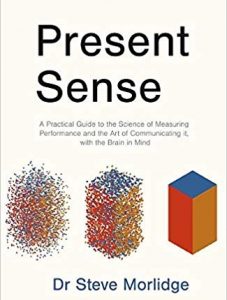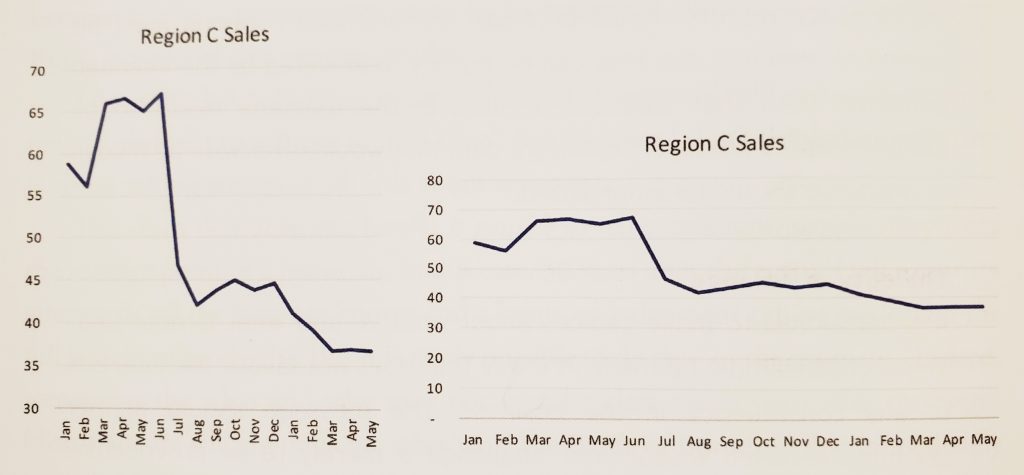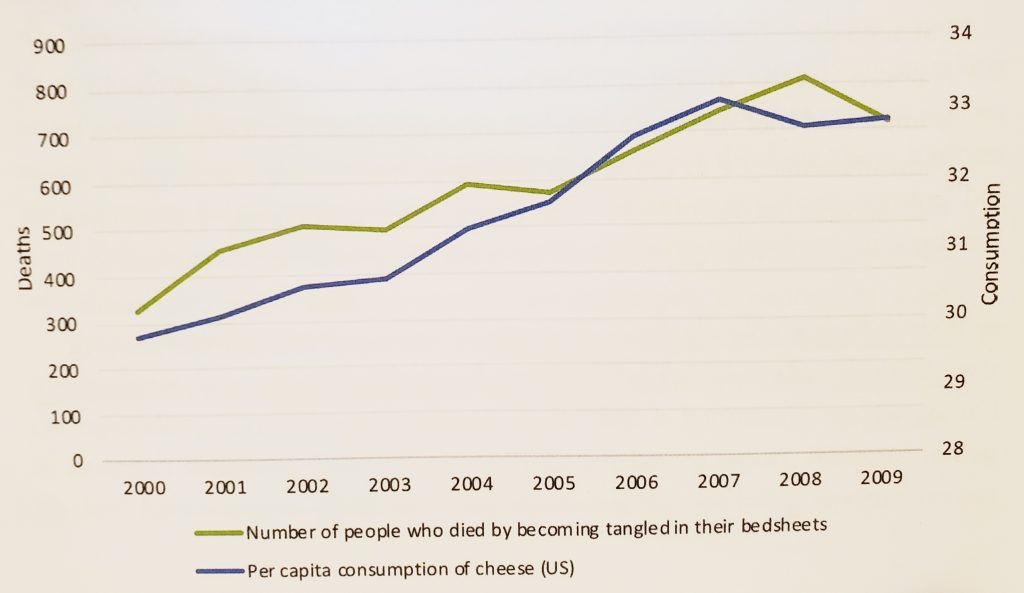Excerpt from Steve Morlidge's new book Present Sense (Matador, 2019).
 Part 3: Not Storytellers But Reporters
Part 3: Not Storytellers But Reporters
This is not the place to explore the role and ethics of performance reporting in detail, but I think there are at least four key duties.
The duty of clarity
Performance reports should be clear. The intended meaning must be communicated in a way that can be quickly assimilated by the intended audience. Data that confuses or distorts the message needs to be excluded where possible. Significant data that would otherwise be hidden or obscured should be emphasized.
The duty of balance
A reporter has to make choices about what is, and what is not, ‘said’. These choices must be made in a way that does not favour the interests of any constituency in the business. The message should neither reinforce received wisdom nor challenge it merely to be provocative. Communication should, as far as possible, be balanced and free from bias.
The duty of requisite ambiguity
Communication needs to be clear, balance, and nuanced – simple but not simplistic. The collective knowledge and experience of the audience is always greater than that of an individual performance reporter. So, it is important that he or she provides sufficient contextual information to allow the audience to validate or challenge the message, or to come up with an alternative interpretation of the facts, particularly if they have contextual knowledge that can be brought to bear. Reports therefore have to contain a degree of redundancy (slightly more information than is needed to support the intended message), even to the point of ambiguity, since the ‘truth’, if such things exist at all, is only obvious in hindsight.
The duty of integrity
Finally, reports should not mislead, intentionally or otherwise. In particular, reporters need to ensure that:
- Trends are not presented in a way that magnifies or suppresses them. (Figure 1)
Figure 1. Left chart overstates magnitude of the change by tampering with the aspect ratio as well as origin of the Y axis.
- Information is presented in a way that does not invite false correlations to be made. This involves careful consideration of the scales used, particularly when a single chart has a secondary scale. (Figure 2)
Figure 2. Dishonestly juxtaposing two unrelated data series and tampering with the scale of the secondary axis creates a misleading impression of correlation.
- Anything that is presented that could easily be misinterpreted is highlighted. For example, a reporter might add a comment to a data point if it is known to be unrepresentative of the series – perhaps because of an exceptional event or a data collection issue. (Figure 3)
Figure 3. Selective presentation of historical context on left creates false impression. On right the rapid decline and ‘bounce back’ is better interpreted as a steady decline with a false ‘spike’.
Although being ‘right’ all the time is a noble aspiration, it is unattainable. Instead, what reporters should strive for is to be respected – for their skills – and trusted – for their judgement and impartiality.
Sometimes the best, and perhaps the only, thing that you can achieve in the limited time available to you is to direct the attention of the right people in the business to the right things, and help them ask the right questions.



